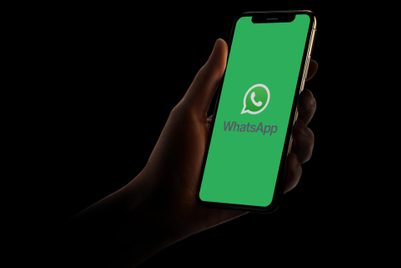
In case you thought there was any room for debate, mobile was the only approach that gained popularity from the previous year. TV, online advertising and CRM all lost lustre in the eyes of marketers, while other options simply stayed flat year on year (see chart below). Individual conversations with agency heads also indicate that finding ways to take advantage of the mobile trend for marketing purposes is top of mind throughout the region.
Data from other industries supports the view. A November shipments report from HIS, a research firm that studies key business sectors such as supply chains, shows 2013 was the second consecutive year of slowing TV sales. At the same time, shipments of screens for smartphones and other handhelds grew. And the pace looks like it can reach near parity with the human population within five years.
 Ericsson Mobility’s latest report from November says there are already 6.6 billion mobile-phone subscriptions across the planet. Compare that to the latest US Census Bureau estimate of 7.1 billion people worldwide. However, the actual number of mobile subscribers skews because so many people have more than one phone (if you’ve ever seen the dashboard of a Hong Kong taxi, you’ll know the adage “one is never enough” fits well here).
Ericsson Mobility’s latest report from November says there are already 6.6 billion mobile-phone subscriptions across the planet. Compare that to the latest US Census Bureau estimate of 7.1 billion people worldwide. However, the actual number of mobile subscribers skews because so many people have more than one phone (if you’ve ever seen the dashboard of a Hong Kong taxi, you’ll know the adage “one is never enough” fits well here).
Ericsson pegs the real number of individual subscribers at about 4.5 billion. Just under half of that number is broadband, which indicates smartphones, tablets and the like. So roughly, over a quarter of the world's population already uses some form of a handheld digital screen today. And the more affluent they are, the more small screens they own.
Projections get heady from there. Ericsson’s forecast shows mobile broadband subscriptions growing to 8 billion worldwide by 2019. The bulk of that is already in Asia, even if you exclude China’s numbers, which put the mainland in second place all on its own.
Another report from HIS predicts that as 2018 approaches, high-speed wireless integrated circuit (IC) suppliers (the people that produce the silicon chips that make smartphones smart) will derive most of their revenue from mobile PCs and smartphones. One of the top applications, the research firm highlights, for these millions of new high-speed devices: streaming content from small screens to TVs. That would bypass the traditional content suppliers for the living-room screen, which makes getting mobile strategies in order all the more pertinent. So according to the Campaign/Ipsos study, Asia’s marketers are thinking on the right track.
|


.jpg&h=334&w=500&q=100&v=20250320&c=1)
.jpg&h=334&w=500&q=100&v=20250320&c=1)
.jpg&h=334&w=500&q=100&v=20250320&c=1)



.png&h=334&w=500&q=100&v=20250320&c=1)

.png&h=334&w=500&q=100&v=20250320&c=1)








